As a psychosociologist, I consult, coach and mediate in psycho-social areas of: cultural and social adaptation, intra- and inter-personal interaction and socialization; team and leadership building; support and guidance; Non-violent communication.

To nurture powerful networks and relationships, it takes a good knowledge of who and what we are. Then we pay attention and understand others, choosing wisely who is part of our networks and how they contribute.
With flexibility and dedication, we develop powerful networks, lasting and nurturing relationships, to support our path through work, life, and beyond. Peer to peer contact and dialogue build relationships and a supportive, healthy network.
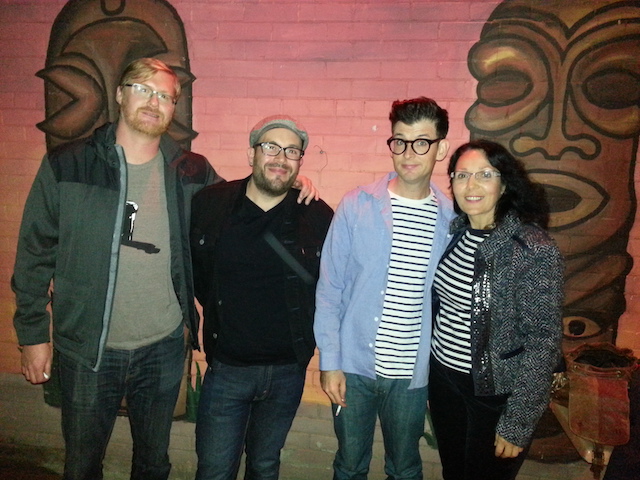
Contact is the very first step (eye contact, smile, standing next to someone else, showing one’s back, remaining silent…); any contact is communication about our own style, and a form of social interaction. In communicating our needs for growth, learning, and belonging, we use verbal and non-verbal patterns.
- At the non-verbal level, many situations express a certain meaning or intention: dress code (deep cleavage, mini skirt, logos on Tee-shirts, gold watches, price tags on running shoes, etc.), facial expression, posture, hand gestures, arriving late after an event started, burying oneself behind a laptop and chatting on MSN during a presentation at a conference, going back and forth to the washroom, not buying the material required, etc.
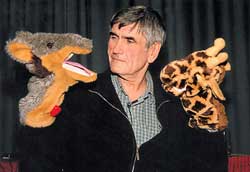
Socialization encourages nonviolent communication (NVC) as we express needs and self-responsibility rather than judgments or agression. Marshall Rosenberg calls it giraffe (gentle, strong, kind, process-oriented) versus jackal communication (authoritarian, judgmental and result-oriented).
At the verbal level: being aware of our choice of words, how we ask questions, make comments, remain silent, conflict with others’ ideas, show how and what we communicate. Are we a giraffe or a jackal at this very moment? How do we solve conflicts when working with a group and some members procrastinate or are distracted by their cellular phones?
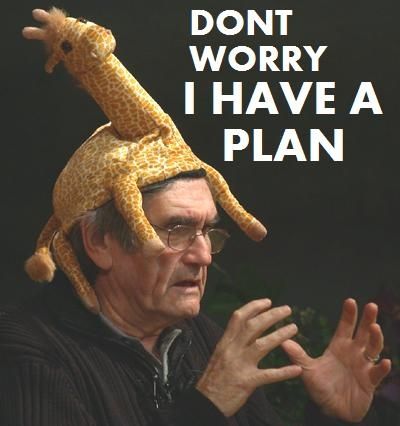
For good connection, we recognize our needs behind our actions, and cultivate self-empowerment to counter destructive ways of thinking and speaking that characterize disconnection (blaming, shaming and judgment). We develop gentleness and honesty towards others, to highlight that we share the same goal of success: knowing our preconceived ideas about others, being able to agree to disagree and participate to discussions, as well as to develop a sense of belonging to the group; to address conflict with civility and leadership.
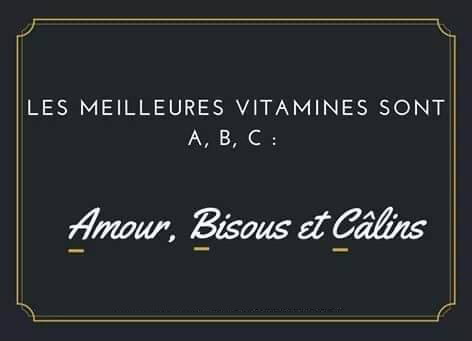
When interacting on social media, we use more and more videos, Gifs and emoji to transcend flat screens and recreate feelings and emotions in our minds. We build a powerful network when we go beyond the digital worlds into the reality of face-to-face interactions, as our bodies store in their memories what it feels like to be in the presence of others, and regulate its vital functions accordingly. We ground ourselves into nature too; earthing is an embodied way of connecting with our environment.
When we are totally present and listen with equanimity and empathy, in a multi-cultural and interfaith environment, and when we trust in the process of being-with-the other, then unfolds a healthy experience of an embodied self that is willing to learn and to grow as it feels supported.
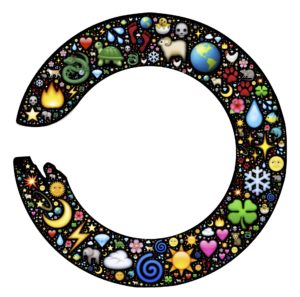 At Circle of Now, my approach is deeply rooted in the interaction between co-present group members facing each other in a circle. We may act, sing, and draw, as much as we listen, remain silent, and verbally reflect.
At Circle of Now, my approach is deeply rooted in the interaction between co-present group members facing each other in a circle. We may act, sing, and draw, as much as we listen, remain silent, and verbally reflect.
We exchange energetically following our intuition, experimenting with our felt sense of the other, what Chögyam Trungpa defined withing the larger, open circle of authentic presence and unbiased perception.
Pushing the boundaries of what “Intersubjectivity” means – I encourage group members to become more mindful, moment-by-moment of their modes of cognition and ways of relating to myself and others using self-awareness. I explore with them breathing, walking meditative techniques, to dissolve the gap between our experiences (of hierarchy, of weaknesses, of inadequacy, of feeling an impostor, of woundedness), between mind and the immediate environment. We reflect on our identity and how our roles contribute to our development. We realize that we all possess innate leadership in our own sphere of being the unique person that we are with our unique set of skills, creativity and sensitivity. We also use psychology of objects and group psychology activities to embody stigmas, obstacles to growth and to overcome resistance to change.
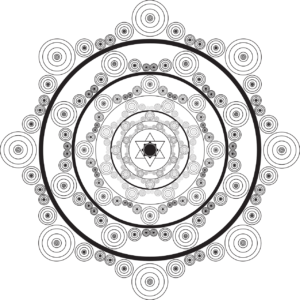 To be open to the rhythm in our dialogic encounter, using insights and intuition is a hermeneutic requirement (Gadamer had defined hermeneutic conversation as a focus on understanding). It allows to remain spontaneous, leading with vulnerability yet confidence. We develop critical skills, the co-creation of meaningful dialogue and shifts to integrate thinking to being; making us all experience impermanence and change, reconciliation and forgiveness, love and awe, core dimensions of an ethical, psychologically relevant paradigm.
To be open to the rhythm in our dialogic encounter, using insights and intuition is a hermeneutic requirement (Gadamer had defined hermeneutic conversation as a focus on understanding). It allows to remain spontaneous, leading with vulnerability yet confidence. We develop critical skills, the co-creation of meaningful dialogue and shifts to integrate thinking to being; making us all experience impermanence and change, reconciliation and forgiveness, love and awe, core dimensions of an ethical, psychologically relevant paradigm.

At the contact boundary, we communicate meaningful insights about the field in two ways. Meaning is socially constructed through experience using language –in this case English- and affect felt through different accents, colloquial expressions and idioms while visually displaying cultural symbols. We establish eye contact with each other and engage into an embodied exploration of topics, notably through resistance to growth, shame, intimacy and social being. The physical context creates a safe space for intersubjective exchanges beyond the divergent points of views ( of management, of multi-faith, of gender). Often, presentations of personal experiences constitute the ground and are explored in respect with each style of communication in group. At the subjective level, our inadequacies, our views and our feelings, are strategies to maintain our learning process and activate figure / ground shifts.
Intersubjectivity uses a mindful approach. Genuine presence, detachment from results, and mindfulness are qualities I cultivate to inspire others to do the same, to open to and co-create with others, aware of our unique glow and possibility for contact, collectively and individually, in the present moment. At the hermeneutic level, “intersubjectivity” is the reflexive process by which a group member confirms his or her intuitions and deep thinking about oneself as social actor in relation to the other who listens and responds. I strive to transform and develop one person and one relationship at a time, having the I –You (Martin Buber’s) paradigm as core step towards a healing culture of inner and outer peace.
Leadership
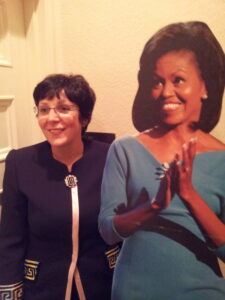
We all have leadership. We have the capacity to self-monitor and improve ourselves by increasing our personal levels of influence, initiative, collaboration, accountability and responsibility in personal and group contexts. We possess the capacity to mobilize ourselves and others to serve and to work collaboratively.
At Circle of Now, we use leadership, influence and decision-making strategies to promote personal effectiveness, a behavior that is consistent with personal, professional and scholarly integrity and social responsibility. We are inspired by the Social Change Model of Leadership Development, an approach to leadership that is collaborative, process oriented and values-based.
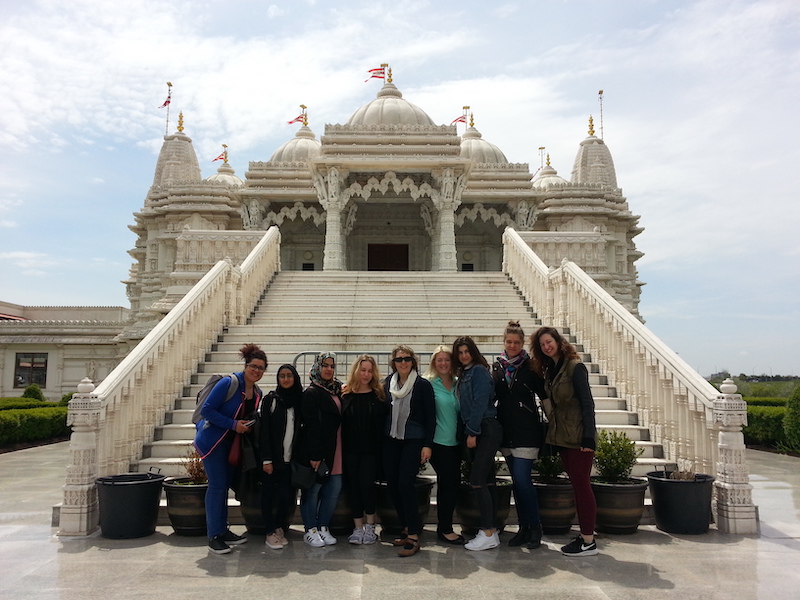
We enhance leadership skills and potential when we foster interpersonal, social, ethical, and moral development. We instill an attitude of social awareness and responsibility organized around three dimensions of values (individual, group and societal values). We have the potential to make a positive change in whatever area of work and of life we want to improve. We implement methodologies, processes and practices such as mindfulness, Gestalt-informed modalities to shift perspectives and increase co-creative presence in a group setting.

